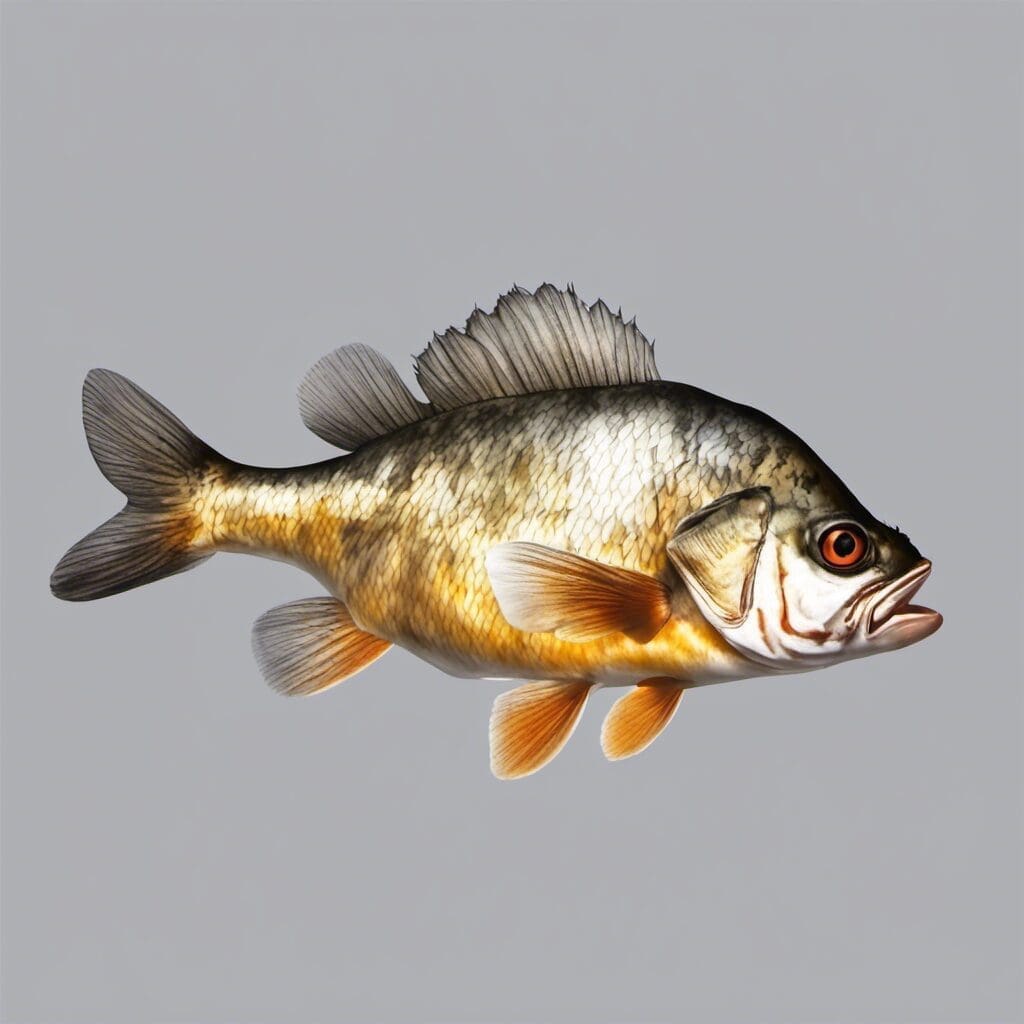Introduction
The Silver Perch (Bairdiella chrysoura) is a member of the Percichthyidae family, featuring prominent silver scales, an adaptable nature, and a delicious taste that makes it a notable target for recreational fishing.
Conservation Status
Current Status
As of the most recent data, the Silver Perch is evaluated as of least concern by the IUCN and is not currently considered threatened or endangered.
Conservation Efforts
Conservation efforts primarily focus on maintaining the sustainability of recreational and commercial fishing, with size limits and bag limits frequently regulated by local fisheries agencies.
Statistics
| Length (Average) | 15-30 cm |
| Length (Range) | 10-40 cm |
| Weight (Average) | 240-300 g |
| Weight (Range) | 100-500 g |
| Average Lifespan | 4-6 years |
Distribution
Regions/Countries
Silver Perch are native to North America and are typically found along the Atlantic coast from New York to northern Florida.
Migration patterns
Silver Perch do not typically exhibit migration patterns and are predominantly stationary within their habitats.
Habitats
Water type
The Silver Perch thrives in both fresh and slightly brackish waters, making them quite adaptable.
Depth range
These perch are often found at depths of up to 50 meters, though they usually prefer shallower waters.
Temperature range
The Silver Perch is capable of tolerating a wide range of temperatures, ranging from 10-30 degrees Celsius.
Best Fishing Locations
Top 10 Places
The best places to find Silver Perch are usually in smaller lakes and rivers across the north-east coast of the United States, particularly:
- Hudson River, New York
- Delaware River, Pennsylvania
- Chesapeake Bay, Virginia
- St. Johns River, Florida
- Neuse River, North Carolina
How to Catch
Preferred bait or lures
Silver Perch are omnivorous. They can be caught using bait such as small fish, insects, and worms. Lures that mimic these food sources can also be effective.
Fishing Techniques
Popular techniques for catch these fish include bottom fishing, spinning, and trolling.
Identification Guide
Silver Perch are characterized by a silver, elongated body, a forked tail, and small, sharp teeth. They are distinguished from similar species by their silver color and rounded pectoral fins.
Behaviour
Feeding Habits
The diet of Silver Perch includes crustaceans, small fish and various aquatic insects.
Predators and Threats
Predators of Silver Perch include larger fish, birds, and humans. While not under significant threat, habitat deterioration due to pollution is an ongoing issue.
Cultural/Historical Significance
The Silver Perch is of vital importance to indigenous communities within its native range, providing a valuable source of food and being featured in various cultural ceremonies.
Culinary Information
Silver Perch are eaten both in their entirety or as fillets, often pan-seared or grilled. They have a mildly sweet, white flesh that’s firm but tender.
References and Further Reading
– [FishBase entry for Silver Perch](https://www.fishbase.se/summary/421) (Opens in a new tab).
– [USGS factsheet on Silver Perch](https://nas.er.usgs.gov/queries/FactSheet.aspx?SpeciesID=813) (Opens in a new tab).
Please note that local regulations on fishing methods, size limits, and bag limits should always be adhered to. For up-to-date information, please consult your local fisheries agency

